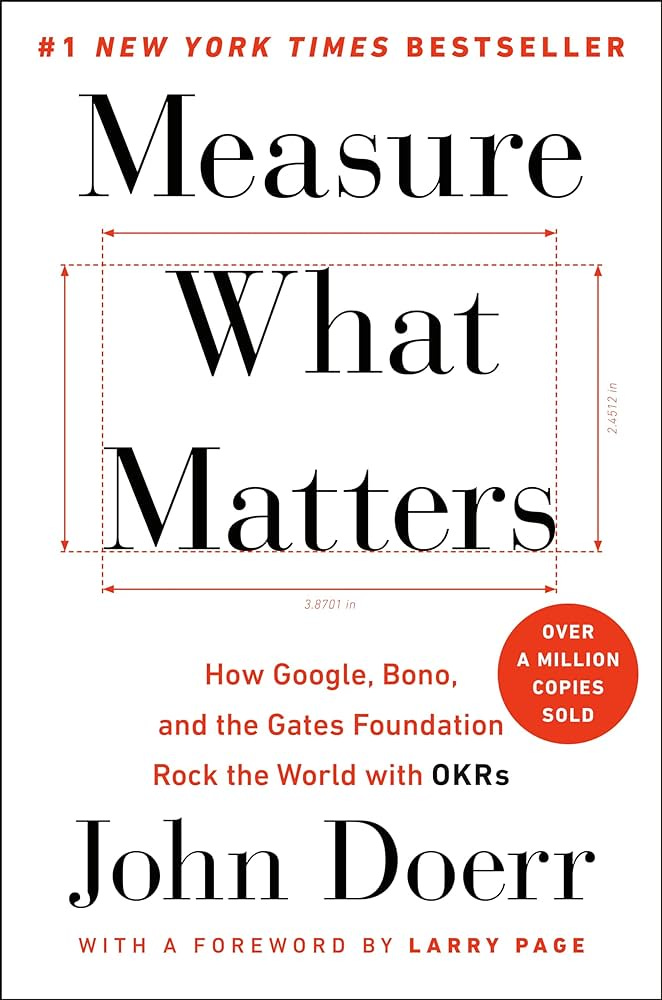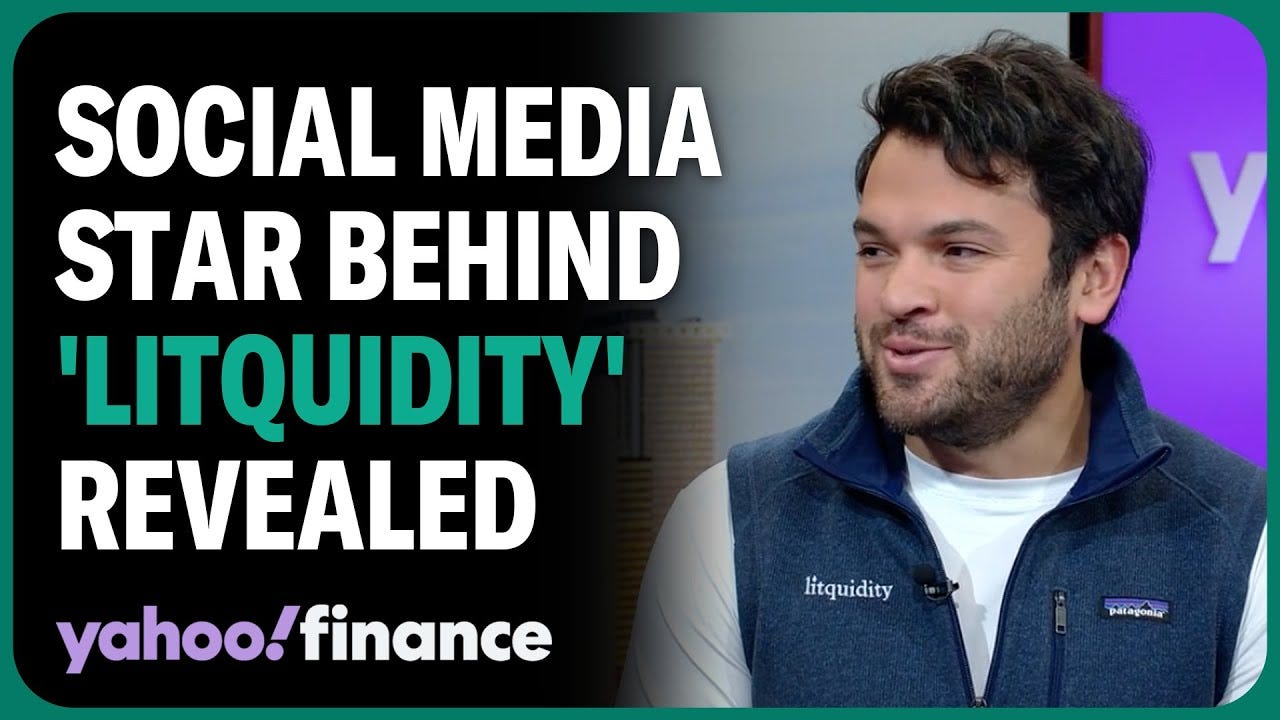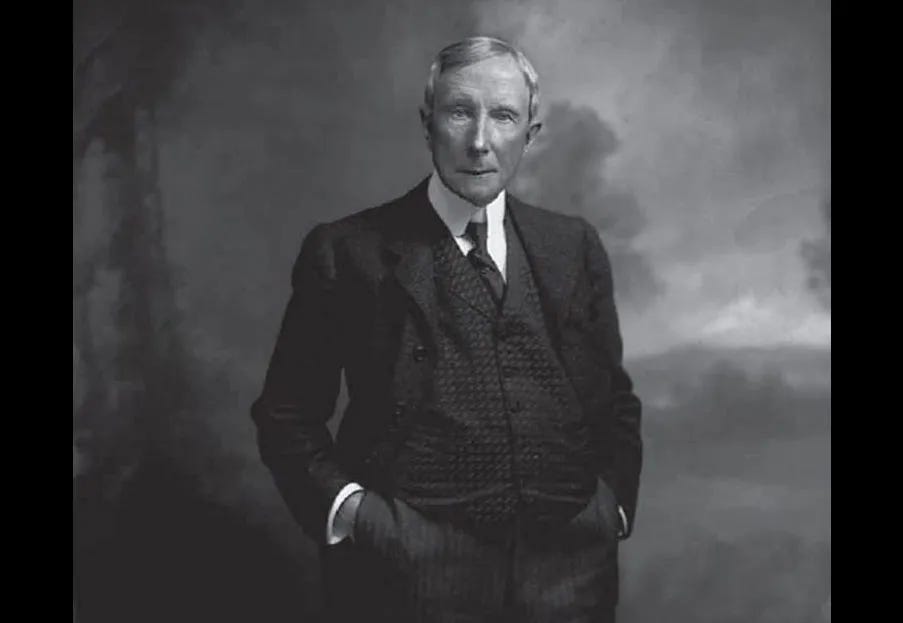Entrepreneurship Lessons Learned - Equity Investing Edition
Part 2 - Lessons transferable from equity investing
A few weeks ago during coffee, my mentor asked me what I learned from the last two years of building Richard Toad into a business. I thought to share my lessons because many of you asked me as well.
Last week, I shared the new skills I learned that are different from being a public investor. This week, I will discuss lessons from public equity investing that are transferable to entrepreneurship.
When I use “investors” in this article, I am referring to public equity investors.
Focus on key drivers
In both investing and operating a business, focusing on what matters is the only way to maximize return on time.
When considering investing in a stock, experienced investors will tell you to hone in on the 2-3 key drivers of the business. While at first, entrepreneurs must throw everything against the wall to see what sticks (aka what generates revenue), the principle of focusing on what matters holds for entrepreneurs as well over time.
Having achieved product market fit a few times now, I am focusing on reduction, not addition, by prioritizing activities that maintain existing revenue and drive future growth.
Those of you who are my YouTube channel followers must have noticed that I have not published a video for a while. At this point, I am treating YouTube as a marketing channel. While the creative process behind video production is fun, it’s not repeatable by definition (because it’s creative) and consumes too much time that can be better spent on revenue-generating products that can move the needle.
Why do investors screen for stocks? It’s for the same reason of reducing the opportunity set in hopes of identifying stocks that can be actionable.
Entrepreneurs need to focus on fewer things. I came across a Jensen Huang talk where he advised the audience to focus on solving a small problem well rather than trying to solve a big problem but failing. I can relate to that comment very strongly today. By prioritizing what truly moves the needle, whether in investing in stocks or operating a business, individuals can maximize their chances of long-term success, which leads to the point of understanding business drivers.
Strategic Finance
Investors are skilled in conducting financial statement analysis and dissecting business drivers. My experience in analyzing companies has helped in strategize for my own business.
From the very start, I knew that Richard Toad would not ever have as many followers as a general finance social media account, given the niche targeting. Thankfully, having met many creators who went full-time with smaller follower counts, I realize revenue size does not have to depend on a massive following.
Instead, I focused on value creation and capture per follower. This should have been obvious to me if I realized why CPM1 is higher for technology and finance YouTubers compared to other verticals - those audience segments have higher spending power. Just like how the street was so fixated on Netflix’s quarterly subscriber count without realizing how it had transitioned to an ARPS (average revenue per subscriber) story.
This insight might not have come as swiftly had it not been for prior experience in assessing drivers for businesses in many industries. The investor skill set will continue to be useful as I eventually venture into the phase of establishing moats.
However, as Frank Slootman, the former CEO of Snowflake Inc., stated “no strategy is better than its execution.”
At this point, the focus is to build more products with product-market fit, not on finalizing revenue models (which remain fluid) and establishing competitive advantages, which leads to my next point on building for the long term.
Long-term owner mindset
Long-term value investing has resonated with my investment philosophy from the very beginning. And that translates well as a founder, and even as a member of the corporate world in the past.
While the notion that price is what you pay and what you get is well known today, its application certainly goes beyond the public equity market.
As an investor, I steadfastly underemphasize short-term price fluctuations in favor of focusing on the intrinsic value of investments. Similarly, as a founder, my attention is directed towards constantly enhancing the value proposition of my offerings, my value-add to the community, and the value of my brand, rather than engaging in price-centric strategies or generating near-term cash flow.
While success can be achieved through sheer determination and operational excellence in price-based competition in commodity industries, I will always prefer to engage in value-based competition.
Conventional wisdom for aspiring entrepreneurs is to start as a side hustle while maintaining a full-time job. The rationale is clear: with a steady income stream from a corporate job, you will be less likely to succumb to the pressures of generating short-term cash flow generation for lifestyle purposes and instead focus on value creation and brand-building.
Because I did not adhere to that conventional wisdom, there were definitely instances when I was close to succumbing to the temptation (such as low-quality ad deals) of near-term cash flow that didn’t align with my brand’s ethos. Thankfully, I ultimately walked away after careful consideration.
Observing the proliferation of get-rich-quick schemes and short-term profit-maximizing tactics prevalent on the internet, I understand the audience’s skepticism of online businesses, but paradoxically I think it makes it easier to differentiate online by focusing on demonstrating tangible value.
Similarly, quality businesses with consistently high returns on capital have always prioritized long-term decision-making, eschewing short-term gains for sustainable value creation. Certainly, having skin in the game helps a lot, as seen in examples like Elon Musk, Jeff Bezos, and Jensen Huang, who are owner-operators of some of the most valuable businesses in the world.
Ultimately, the ability to capture value is contingent upon the creation of it. Thus, as the owner-operator, my focus remains unwaveringly fixed on creating value in more ways, secure in the knowledge that value capture should follow over time.
Investing (in the business)
Many wealthy individuals have made the point that it’s impossible to build a very valuable business without learning how to delegate and automate. However, understanding the concept of leverage was initially a significant adjustment for me as a business operator.
A single analogy of understanding return on invested capital has helped me adapt to that lesson. Good capital allocation can result in sustainable above-average value creation in the presence of competitive advantages.
As a process-oriented person, I am already good at establishing repeatable processes to save time. And last year, I was more willing to spend capital to buy back time, so that I could have time to build more products. So I hired a contractor to perform administrative tasks, and it has been a wonderful experience to get time back to focus on higher-value activities. Over time, I envision expanding the scope of work with my contractor as I delegate more tasks.
Similarly, seeing the time I can reclaim, I have been more willing to invest in software to shorten tasks such as YouTube video production and client onboarding.
Risk-taking and the value of acting

Entrepreneurship and equity investing share a common thread of risk-taking. Both endeavors involve navigating uncertainty and imperfect information.
Investors are no strangers to being wrong in a probabilistic profession. The most successful investors often exhibit humility, having been humbled by the market's unpredictable nature, and employ scenario-based planning strategies, which are highly transferable to entrepreneurship.
Entrepreneurial success hinges on the ability to embrace uncertainty and adapt to unforeseen challenges. Launching a Minimum Viable Product (MVP) serves as a pivotal moment where outcomes remain unknown until market feedback is received. Similarly, investors understand that value creation occurs only when acting on their views via buying and selling of stocks.
In both cases, you don’t know whether you are right or wrong until after the fact, but you need to act. Rather than fixating on theoretical frameworks, success in both domains is contingent upon acting and a willingness to adjust based on feedback.
Maybe that’s why Nike’s “Just Do It” is such a powerful slogan. For investors, the wrong approach (which I have guiltily done so plenty) is to read hundreds of investment books, hedge fund letters, and other case studies without analyzing stocks. For entrepreneurs, no amount of books on entrepreneurship, leadership, or sales can replace doing it, learning from mistakes, and adapting.
Comment below if you see other similarities between equity investing and entrepreneurship that I might have missed.
Thanks for reading. I will talk to you next time.
Check out my other published articles:
If you enjoyed this article, please subscribe and share it with your friends/colleagues. Sharing is what helps us grow! Thank you.
CPM (cost per mille) is a paid advertising option where companies pay a price for every 1,000 impressions an ad receives. An “impression” refers to when someone sees a campaign on social media, the search engines or another marketing platform.









